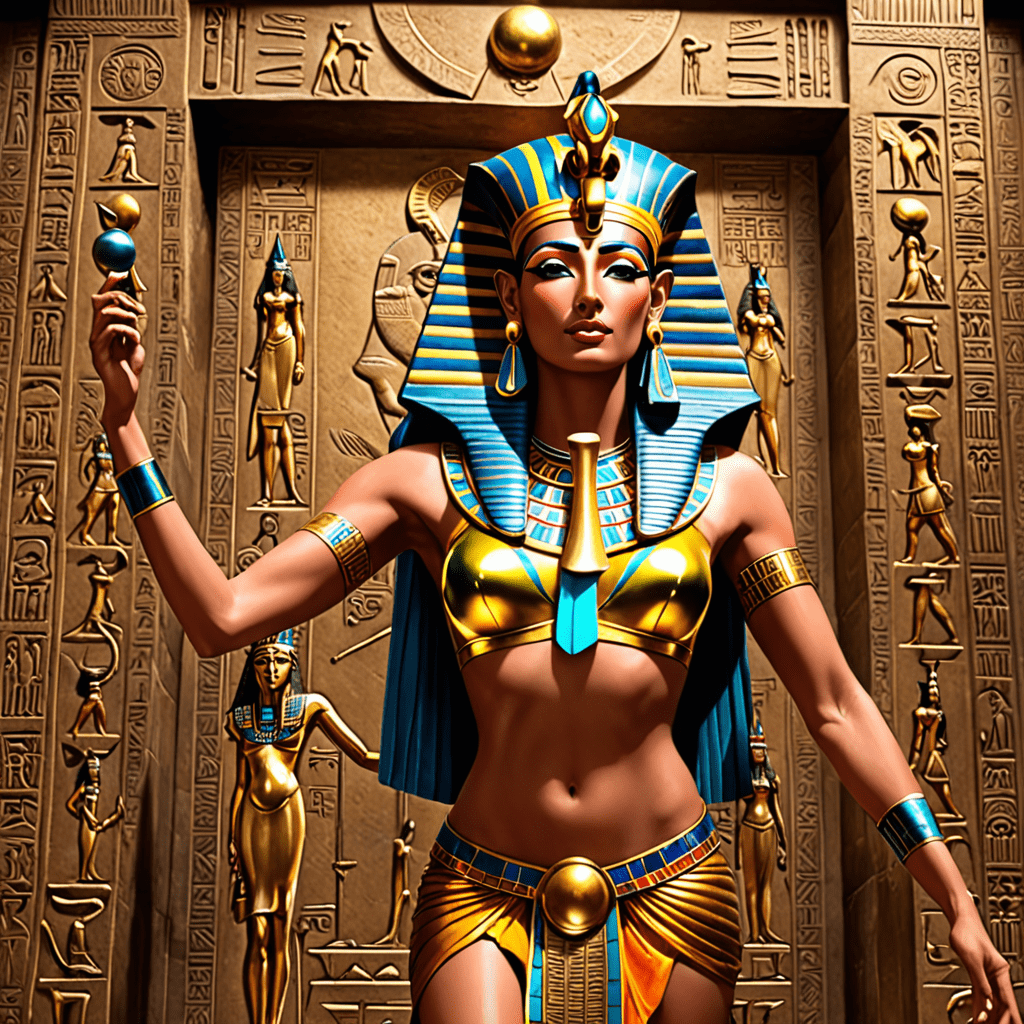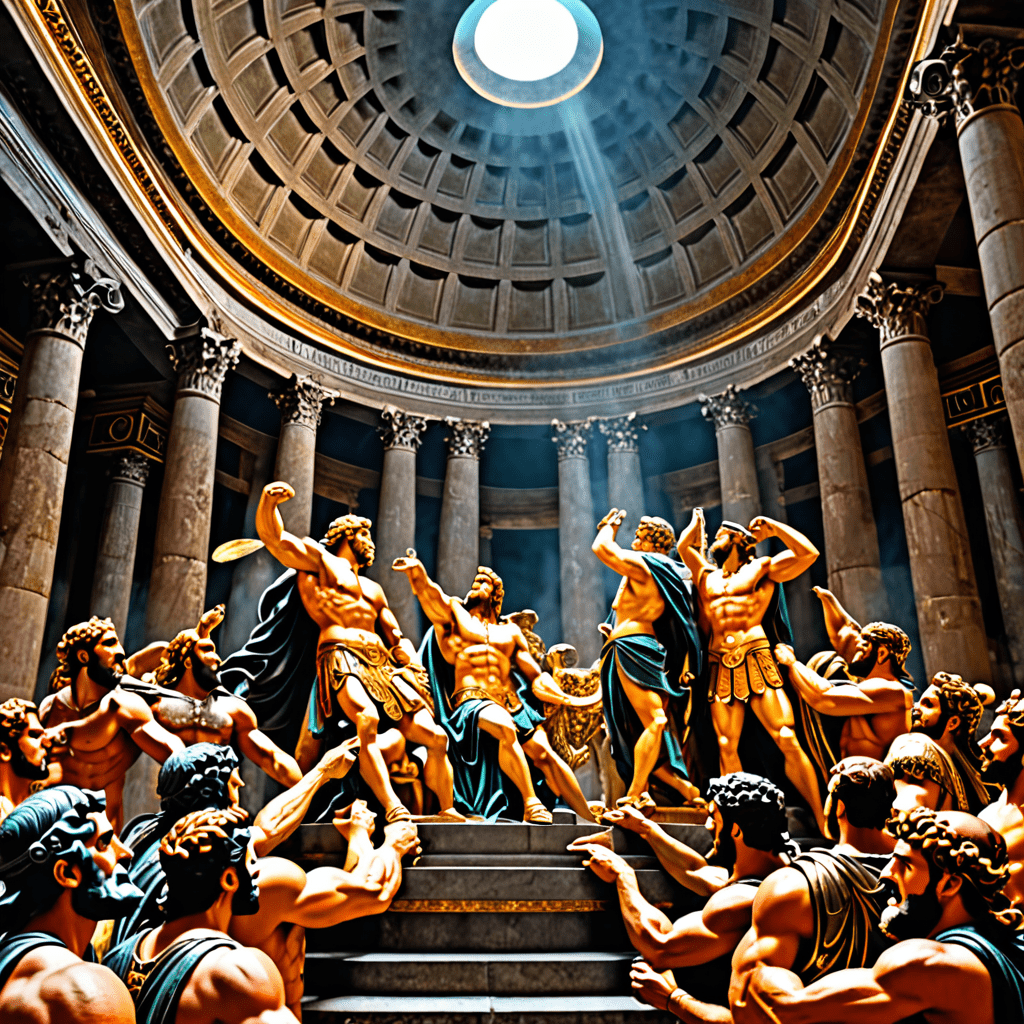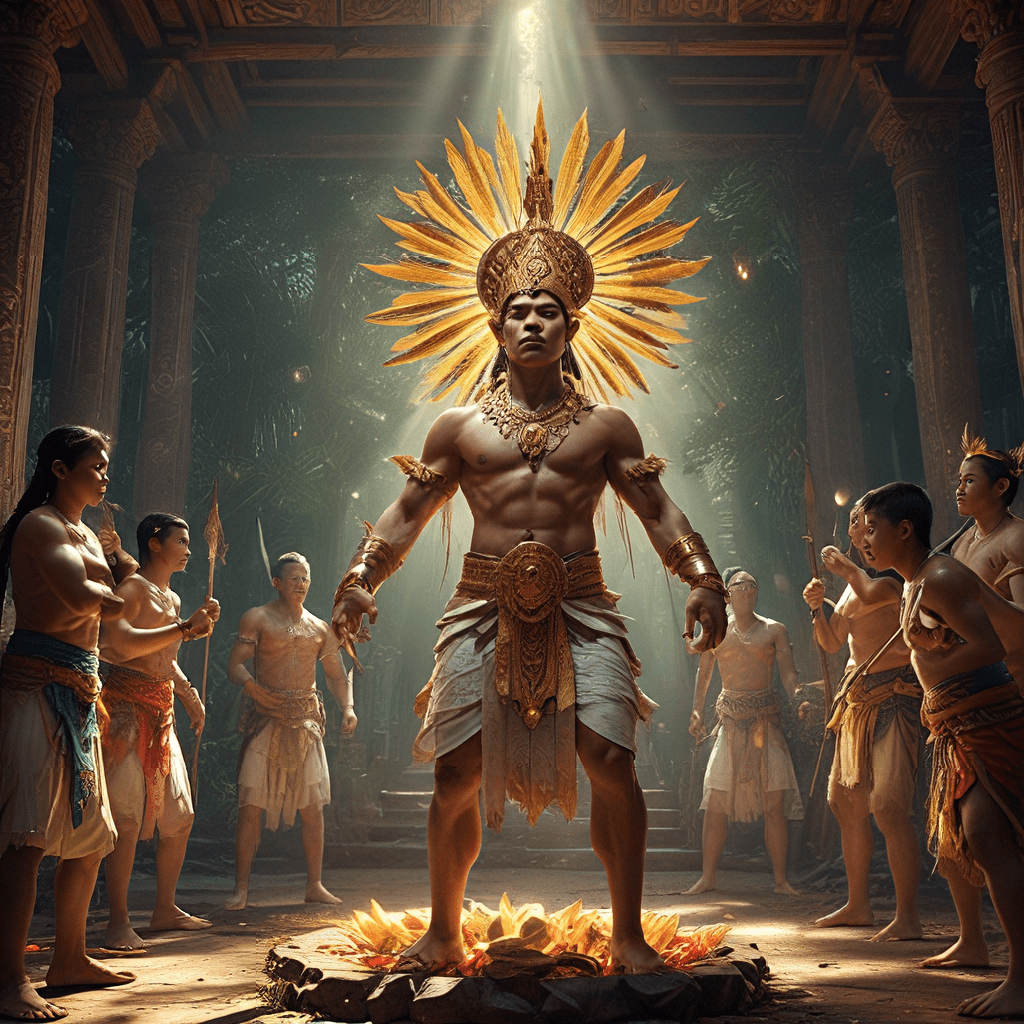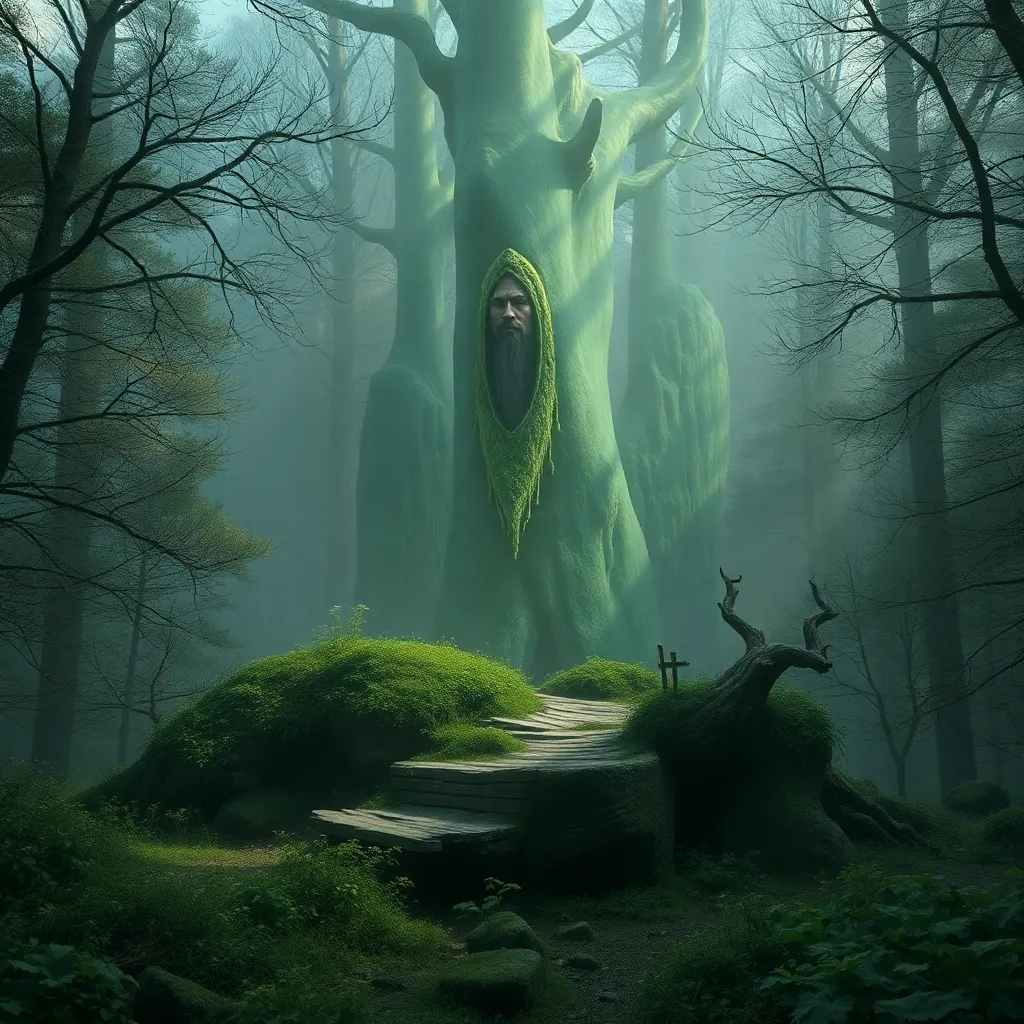The Myth of the Goddess Hathor in Ancient Egypt
Who Was Goddess Hathor in Ancient Egypt?
In ancient Egyptian mythology, Hathor was a significant goddess associated with women, fertility, love, and motherhood. She was often depicted as a cow, symbolizing nurturing and fertility. Hathor was considered a protector of the dead, guiding them to the afterlife. Additionally, she represented music, dance, and joy, and was revered as the goddess of beauty and light.
What Were the Symbols and Symbols Associated with Hathor?
Hathor was commonly depicted with the horns of a cow holding a sun disk between them, symbolizing her role as the mother of the sun god Ra. She was also linked to the sycamore tree, which was believed to provide shelter and nourishment to the deceased on their journey to the afterlife. Hathor’s sacred animals included cows, cobras, and lions, highlighting her dual nature as a protective mother and a fierce warrior when defending the pharaoh.
How Was Hathor Worshiped in Ancient Egypt?
Devotees of Hathor worships in Ancient Egypt celebrated her through music, dance, and festivals. Offerings of flowers, food, and wine were made in her honor, seeking her blessings for fertility, love, and protection. Temples dedicated to Hathor, such as the Dendera Temple complex, served as centers of worship and pilgrimage. Priests and priestesses of Hathor played crucial roles in maintaining her cult and carrying out rituals.
What Is the Influence of Hathor in Modern Culture?
The mythology and symbolism of Hathor have left a lasting impact on modern Egyptian culture and beyond. Her depiction as a nurturing yet powerful deity continues to inspire artists, writers, and spiritual practitioners. Additionally, Hathor’s association with beauty and femininity resonates in contemporary ideas of empowerment and womanhood. The legacy of Goddess Hathor serves as a reminder of the enduring significance of ancient Egyptian deities in shaping beliefs and culture across generations.

FAQ about the Myth of the Goddess Hathor in Ancient Egypt
Who was Hathor in Ancient Egyptian mythology?
Hathor was a revered goddess in Ancient Egyptian mythology known for her roles as the goddess of love, joy, music, dance, and motherhood. She was often depicted as a cow or a woman with the horns of a cow, symbolizing fertility and protection.
What were some key aspects of Hathor’s mythology?
Hathor was believed to oversee the sky, sun, and moon, guiding souls in the afterlife. She played a crucial role in the annual flooding of the Nile, symbolizing renewal and abundance. She was also associated with healing, music, and dance, bringing joy and vitality to the world.
How did Ancient Egyptians worship Hathor?
Ancient Egyptians worshipped Hathor through elaborate rituals, temples, and festivals dedicated to her. They believed she could provide protection, fertility, and guidance in both life and death. Offerings, prayers, and music were common ways to honor and appease Hathor.
What was the significance of the Temple of Hathor at Dendera?
The Temple of Hathor at Dendera was a prominent site of worship for Hathor in Ancient Egypt. It served as a center for rituals, ceremonies, and celebrations dedicated to the goddess. The temple’s intricate carv



